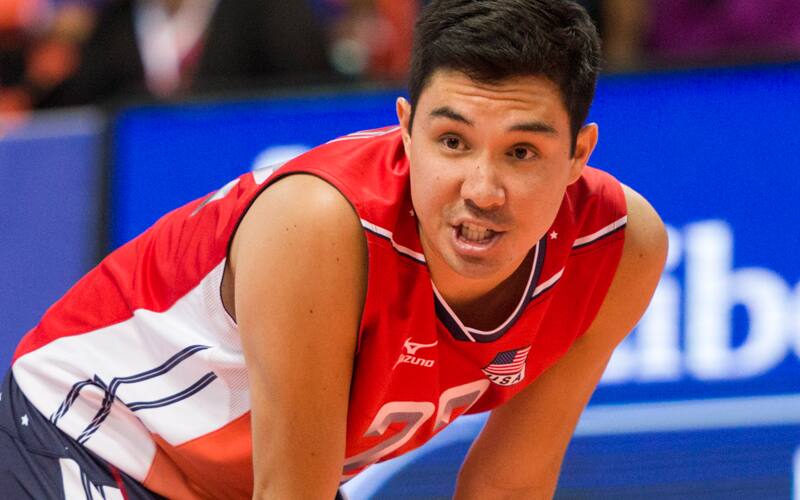
Originally published in VolleyballUSA, Fall 2014 issue
Erik Shoji
Current U.S. Men’s libero, four-time AVCA All-American at Stanford University
“Be still on hitter contact. Reacting to a hit is much easier when your body is still and in a good athletic position. With a balanced, defensive position you can react to a hit in all directions. If you are moving one way, it is very difficult to change directions and get balls that don’t end up where you thought they might.”
Stacy Sykora
U.S. Women’s libero in three Olympics
“Don’t hesitate. If you can get in a digging position that allows you to beat the ball rather than just meeting it, go for it and better it for your teammates. And whenever you’re not sure if a ball is in or out, go for it. Watching the ball hit the line when you could have gotten it is one of the worst feelings in volleyball.
Jen Petrie
Head women’s coach at the University of San Diego
“Position yourself according to the hitters’ options. It is important to know your opponent’s tendencies and capabilities. By reading the play, you can put yourself in the best location to defend the ball. There’s a big difference between defending an in-system ball and an attacker that’s out of system. The pass will dictate where you should start your base position and proper adjustment to the set location will improve your defense.”
Mark Pavlik
Head men’s coach at Penn State University
“Understand that playing defense is a physical skill. You’ve got to control the ball and that takes physicality and explosiveness. I think defense needs to be as physical as offense. You can’t just thing, ‘Well, I’ll meet the ball here,’ like a wide receiver in football catching a pass on a crossing pattern. You’ve got to go get the ball with a physicality that controls it and allows a teammate to make a good set. Don’t let the ball be more physical than you.”
Erik Sullivan
Assistant women’s coach at the University of Texas, U.S. Men’s libero in two Olympics
“Get to your base position and get stopped. Too often, undisciplined foot movement gets players into trouble and out of position. Once you’re there, make sure you’re looking at the right things. Look at the spiker as early as possible; that will give you more information that just watching the ball. See the play and then react; don’t guess. Be relentless. Never give up on a ball. Eventually, you will make plays that you previously were unable to make.
